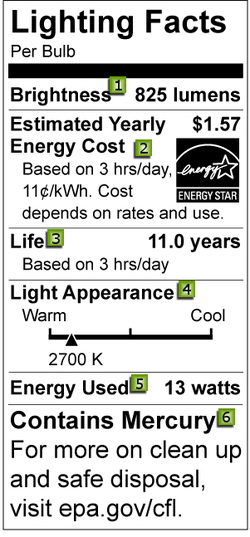Automated lighting controls come in various forms. How they are each implemented into your home or office and how they work with one another will determine the effectiveness of your energy efficient lighting system. Many new forms of automated lighting controls aim to take advantage of information shared by new utility sponsored programs called the "smart grid".
In essence, smart grid technology takes a network of data from power plant production to regional and final end user consumption, and reports who is using how much energy, where and when. With this type of information power plant operations can distribute power accordingly without increasing peak production. From the end user's standpoint, our homes and offices, we can access this same information to determine when electricity will cost the most and respond accordingly.
But more effectively, companies have taken the initiative to develop automated demand response lighting controls that eliminate the need for human response. At the same time they enable the user to easily override the controls and set their own preferences. While demand response lighting controls can be used by residential consumers to dim lights in specific areas during peak demand, they are most effective in commercial office applications.
In essence, smart grid technology takes a network of data from power plant production to regional and final end user consumption, and reports who is using how much energy, where and when. With this type of information power plant operations can distribute power accordingly without increasing peak production. From the end user's standpoint, our homes and offices, we can access this same information to determine when electricity will cost the most and respond accordingly.
But more effectively, companies have taken the initiative to develop automated demand response lighting controls that eliminate the need for human response. At the same time they enable the user to easily override the controls and set their own preferences. While demand response lighting controls can be used by residential consumers to dim lights in specific areas during peak demand, they are most effective in commercial office applications.

 RSS Feed
RSS Feed